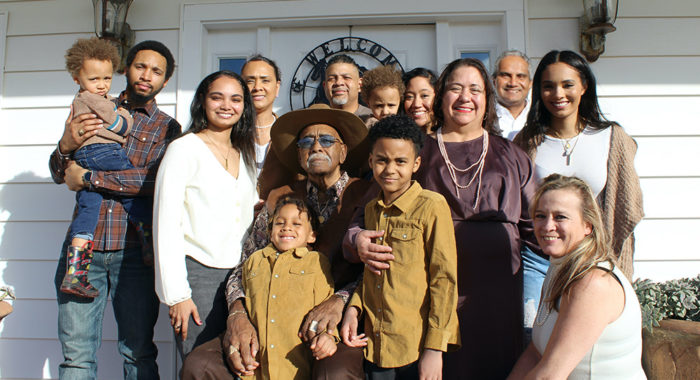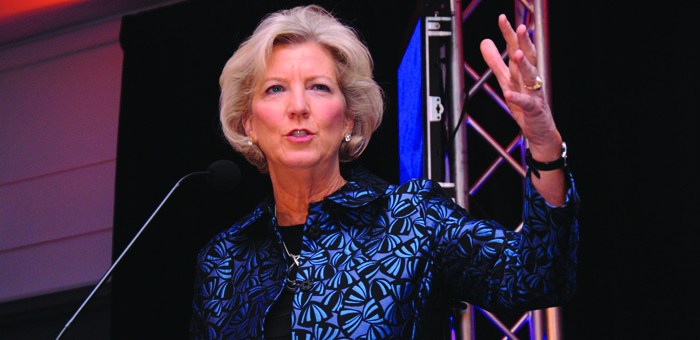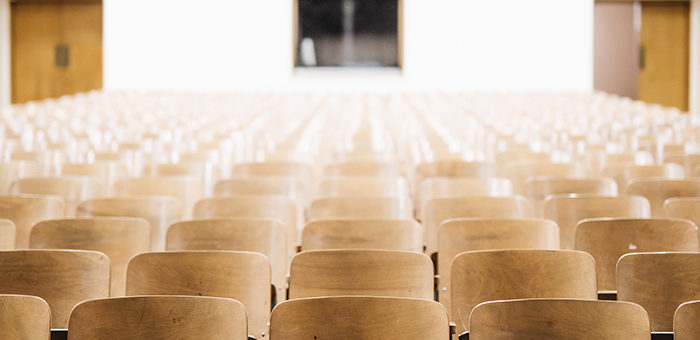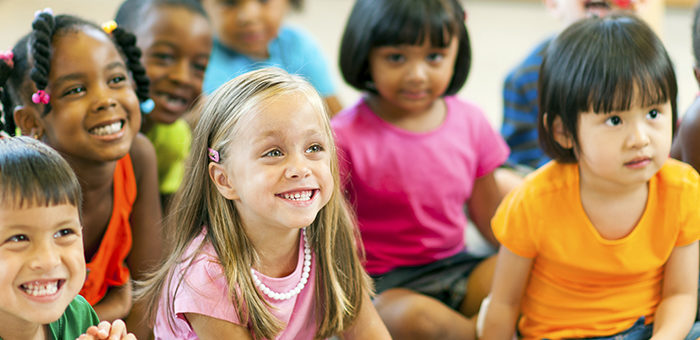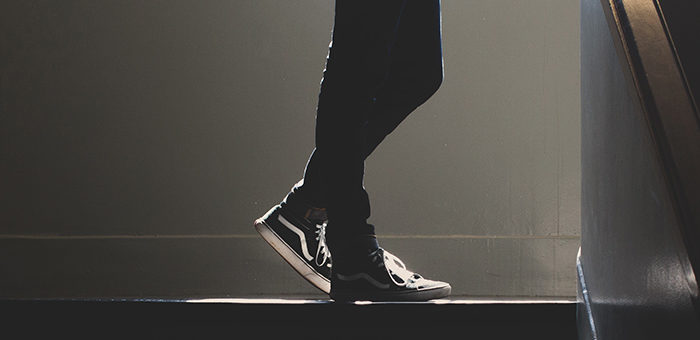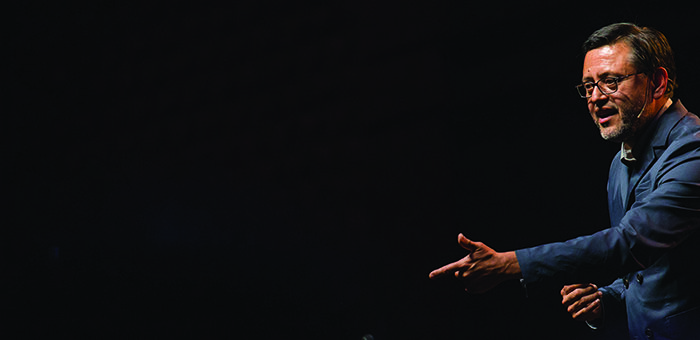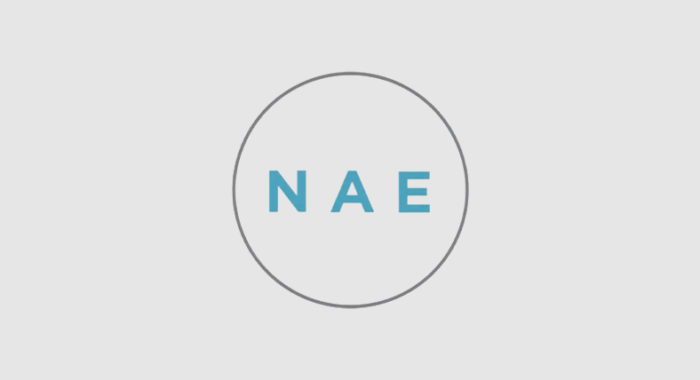In Today’s Conversation with Leith Anderson, Nicole Baker Fulgham talks about her work helping faith communities close the academic achievement gap in public schools.
In this podcast, you’ll hear from an education policy expert on:
- What the term “education inequality” means and looks like;
- The achievement trend lines in American classrooms;
- Her personal background growing up in Detroit; and
- How churches are uniquely positioned to respond to education inequality.
Read a Portion of the Transcript
Leith: I have a whole list of questions that I want to ask you, but I’m going to dive into the deep end, and that is “education inequality” and “academic achievement gap.” So these are big concepts, so help us who are not official educators to understand, what do these phrases mean? What does it look like?
Nicole: Sure. What it looks like is that we essentially in our country still have — despite, you know, decades now past school desegregation, we still have — two separate and pretty unequal school systems in our public schools. And so that looks like kids in a wealthier community — a suburban community often — are going to fantastic schools. The buildings are bright and shiny. They’re well resourced. The teachers have graduate degrees. And they have advanced placement classes for the students. And not surprisingly many of those kids are going on to college and becoming very successful. And you contrast that with schools in low income communities where families are struggling financially and the schools are very different. They physically generally look different. But beyond that, the expectations are often lower for kids in those communities and in those schools. And they may not have the resources, and the advanced classes, and supplies, and everything that we know is necessary to make sure that kids achieve. And not surprisingly in low income communities, about half the kids don’t graduate from high school, and only about 10 percent will graduate from college. And we see this in city and city across the United States where you can literally look at an income background for a particular zip code — the average family income — and there is a pretty direct correlation to the number of kids that are graduating and going on to college. And that is a massive inequality in our school system, and that’s what many of us refer to as “inequality” and the “achievement gap.”
Leith: And we’re talking big numbers here. I think there’s something like 16 million children who are growing up in poverty. Is that right?
Nicole: There are 16 million as last count. And the poverty line, as I think we all know, is very low in this country, right? So we’re talking families that are very much struggling economically, and half of those kids won’t graduate from high school. And so it affects those 16 million kids who are living in poverty, but also millions more who are living sometimes just above the poverty line and are the working poor in our country, and their schools are often struggling as well.
Leith: And is there a trend line here? Is it stable? Is it getting better? Is it getting worse?
Nicole: You know it’s actually been pretty stable since we started collecting this data a few decades ago, and in some cases the gaps have gotten wider, actually, between either racial groups or income groups. And there are a few pockets of places where we see things starting to improve in certain districts around the country. And in schools we certainly see improvement where schools in low income communities are exceeding all of those expectations. So we know we have examples all around the nation of things that are working, which really proves the potential, right, that kids in every community have. But the challenge is getting those examples of success to scale and having more people that are invested in ensuring that that happens for all of God’s kids.
Leith: What I personally find both sobering and sad is that if you’re talking 16 million children, the consequences of this for our society — a generation out — are significant, but it’s sad for children whose lives are completely going to be impacted by what they didn’t get when they were preschoolers or elementary school students.
Nicole: Absolutely. And these academic disparities start — as you said — literally in preschool, where we see kids who don’t have access to a preschool at all, compared to parents who were blessed and fortunate to be able to send their child to the best preschool in the local area that may cost you $15,000 a year or $20,000 in some cases. So those kids end up going to kindergarten incredibly well-prepared, and some kids end up in kindergarten who have never learned how to hold a pencil or can’t identify letters. And so the disparity starts so young. And it’s heart breaking, because we know as Christians that we’re all made in God’s image and we have potential and a purpose and a plan. And I believe our education system is one of the ways that God helps all of us identify a part of our purpose, right? When it’s good, you can sort of identify, “Oh goodness, look, I’m gifted in math, maybe I’ll be an engineer.” Or “I’m a really strong writer, perhaps I’ll be a journalist.” But when you can’t tap into that, it really does potentially change the path for millions of kids, and it’s heart breaking.



 View All Podcasts
View All Podcasts 



